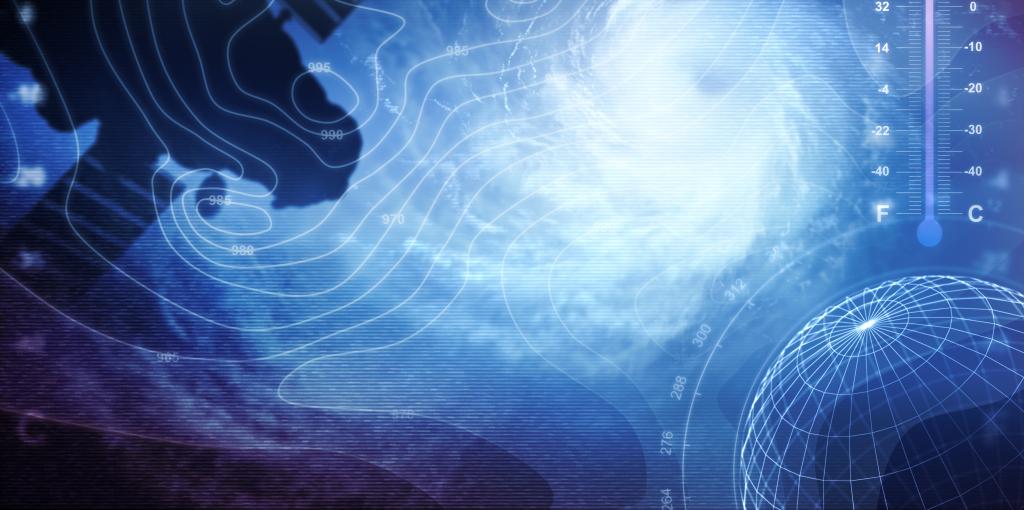Upcoming Events
Earth Systems Science MS Thesis Defense - Alex Gray
Jul 6, 2023, 3:00 - 4:00 PM
EXPL 3301
Please join us this Thursday for Alex Gray's ESS MS Thesis defense.
Structural Evolution of Fold-Thrust Belts in Collisional Foreland Basins: Examples from Northeast India and the Central Appalachians
Thursday July 6, 3 pm, EXPL 3301
Advisor: Dr. Paul Betka
Abstract:
Collisional foreland basins are dynamic settings where flexural subsidence, sedimentation, and tectonic shortening form foreland propagating fold-thrust belts. The structural evolution of fold-thrust belts is dependent upon the interplay between the growing orogenic wedge and the depositional systems within the basin and it is strongly influenced by the convergence vector between the two colliding plates. In oblique collisional settings, fault bounded sliver terranes form and can be translated long distances along the margin, modifying the structure of the orogenic wedge. Our understanding of how strain is accommodated at the leading edge of sliver terrane collisions is limited, however, models suggest that strain is partitioned among discrete sliver terrane-bounding fault systems that must intersect at the orogen to form continental fault junctions. The degree of strain partitioning and kinematic evolution of the fault junctions has important implications for the growth of the orogenic wedge and patterns of seismicity within it.
This thesis investigates the structural style and kinematics of fold-thrust belts in oblique convergent margins in both active and ancient exhumed tectonic settings. In the first chapter, I focus on the Naga Fold-Thrust Belt (NFTB), an active accretionary wedge, where the oblique collision between the Burma sliver plate and the trailing edge of the Indian plate results in the interaction of several major continental fault systems. The entirely subaerial accretionary wedge provides a unique opportunity to test the prevailing models of strain accommodation in forearc sliver collisions. To do so, I utilize geologic mapping, structural analyses, fault kinematic analysis, cross-section construction, and forward kinematic modeling. My results demonstrate that strain in the NFTB is partitioned, with the foreland absorbing NW-directed shortening and the hinterland accommodating dextral transpression. Additionally, I present quantitative constraints on the geometry of the Naga Fault, a locked fault in region capable of producing Mw 7.5-8.5 earthquakes, that can be used in future seismic hazard studies.
In the second chapter, I investigate the structural style of the Orkney Springs 7.5 minute quadrangle near the North Mountain Thrust Zone (NMTZ), an exhumed Alleghenian tectonic boundary in the central Appalachian orogen. Oblique convergence during the Alleghenian orogeny is recorded by evidence of dextral transpression in the Blue Ridge and Piedmont provinces. However, no evidence of transpressional strain is recognized in the Valley and Ridge province. Furthermore, competing kinematic models of the NMTZ predict that it is either a deeply rooted fault bend fold structure that fed slip into an eroded Paleozoic section, or it is an out-of-sequence fault-propagation fold. The bedrock mapping and structural analyses I present within this chapter comprise an open-file report that satisfies EDMAP deliverables in a collaborative project between GMU and the USGS. My results indicate that the NMTZ is a dip-slip thrust accommodating NW-directed shortening. Additionally, a lack of significant missing section within the NMTZ, and significant penetrative strain within the overlying stratigraphy suggest that the North Mountain Thrust is a fault-propagation fold that cuts up-section off a preexisting flat in the Martinsburg Formation.
